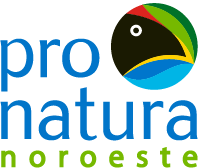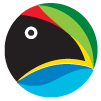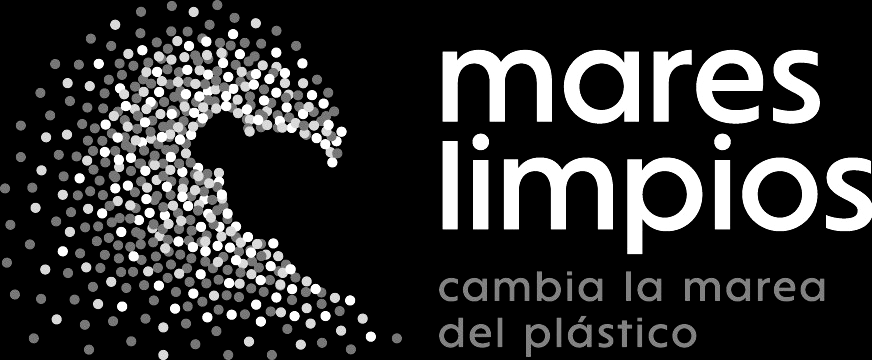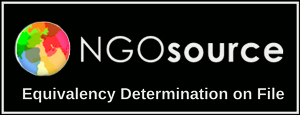Illegal fishing, not declared and not regulated, called INDNR fishing, is one of the greatest challenges to the sustainability of seafood. According to the FAO, it is responsible for the loss of 11 to 26 million tons of fish annually. With the support of technology, Pronatura Noroeste, along with fishing and government organizations, have managed to deter this practice.
Illegal fishing, not declared and not regulated, in Mexico is a problem that affects the entire supply chain, particularly fishing communities, as high-seas surveillance is complex. Detecting any activity in the vastness of the ocean is no easy task.
According to estimates from the Food and Agriculture Organization of the United Nations (FAO),INDNR fishing is responsible for the loss of 11 to 26 million tons of fish annually, with an estimated economic value of $10 billion to $23 billion worldwide.
Eight years ago, Pronatura Noroeste, in partnership with CONANP, CONAPESCA, PROFEPA, SEMAR, as well as the organizations Causa Natura, Global Conservation and the Citizen Observers Network, proposed a solution to mitigate this issue: a technological tool called Marine Monitor, which is a system that includes radar, camera and specialized software that enables continuous monitoring of a designated area.
The objective: to deter Illegal, not declared and not regulated fishing. To date, the incidence of this practice has decreased, according to reports from the National Fisheries Commission, which could be correlated with the Marine Monitor system.
For example, in 2016, a year before the installation of this surveillance system,782,133 kilos of marine products were seized along the coasts of Baja California and Baja California Sur. Eight years later, the figure was 63,216 kilos, that is, 92% of lower incidence.
Similarly, incursions by small vessels may have also been deterred. During the same period, this incidence decreased by 73% in both states.
Ricardo Juárez Salas, Project Coordinator for Compliance and Law Enforcement in Protected Areas and other sites in Northwestern Mexico for Pronatura Noroeste, explained that Marine Motor detects all vessels that enter the polygons where
systems are had and analyzed the behaviors, the trajectory, the speed and the exact sites where they pass.
“Through the information and experience provided by authorities and community monitors, it is possible to identify which behaviors may be considered suspicious, particularly those related to illegal fishing.”
Marine Monitor uses machine learning and artificial intelligence to identify and track suspicious behaviors, in addition to the ability to issue alerts that are sent to the authorities and, in some cases, community monitors who assist with control and surveillance efforts in priority areas of Northwestern Mexico.
The system has the capability to operate autonomously 24 hours a day, seven days a week, monitoring any vessel.
Network Collaboration for Inspection and Surveillance
Pronatura Noroeste’s work with fishing communities and authorities has been wide. It is not just about installing radar systems, cameras or tracking software, but to weave a network of relationships to ensure effective communication.
“In particular, we work with the National Commission of Natural Protected Areas (CONANP), they operate the system in all cases, they have direct access to the information in the system; we give them the training, analyze the information and provide precise and clear data on where irregularities are occurring,” he explained.
However, according to calculations by the National Fisheries Commission (CONAPESCA), it is acknowledged in the National Fisheries and Aquaculture Program 2020-2024 that 40% of the total catch in Mexico comes from irregular practices.
That is to say, it is possible that 4 out of every 10 species that are bought in fishmongers, stores, markets or grocery stores come from IUU fishing.
“It is very difficult to quantify it, but what we do know is that it is a problem for both the ecosystems, it is a problem for legal fishermen and it is a problem for the viability of natural protected areas,” he said.
It has been possible to know the environmental damage. Juárez Salas explained that one part that causes the incorrect management of fisheries in the Gulf of California is, precisely, illegal, unreported and unregulated fishing, both in the cases of the chocolate clam, sea urchin and lobster, as well as totoaba, one of the most illegally demanded marine species.
Cooperation: Institutional information network
This monitoring and follow-up work began in 2017, first with the placement of long-range camera technology and then with the full installation of Marine Monitor systems, which helped to more efficiently monitor the movement of vessels.
El resultado principal es que, con base en información valiosa que se recoge, se distribuye en una red de comunicación entre instituciones para implementar acciones precisas e inmediatas.
“Much of what was once said or thought about illegal fishing in these sites where it was established has changed, because no accurate information was available. From these systems we have information and hard data on where and how illegal, unreported and unregulated fishing takes place,” he said.
“We have very well defined the Natural Protected Areas of Cabo Pulmo and Loreto which are the areas with the highest number of suspicious activity alerts, we also have information about the days of the week and the hours”.
Information was useful for authorities and fishing communities to plan surveillance actions in a more efficient way, which translates into a lower use of public resources.
Translated and edited by: Cinthya Arroyo & Fernanda Izabal
